Neutron star mergers have been confirmed to synthesize rare Earth elements.
For the first time, a group of scientists has identified rare earth elements produced by neutron star mergers. The details of the scientists’ findings were recently published in The Astrophysical Journal.
When two neutron stars spiral inward and merge, the resultant explosion generates a large number of the heavy elements that comprise our Universe. The first confirmed instance of this process occurred in 2017, and was named GW 170817. Despite this, scientists have yet to identify the exact elements generated by neutron star mergers, with the exception of strontium, which has been identified in optical spectra.
Nanae Domoto, a graduate student at Tohoku University’s Graduate School of Science and a research fellow at the Japan Society for the Promotion of Science (JSPS), led a research team that carefully analyzed the properties of all heavy elements to decode the spectra from neutron star mergers.
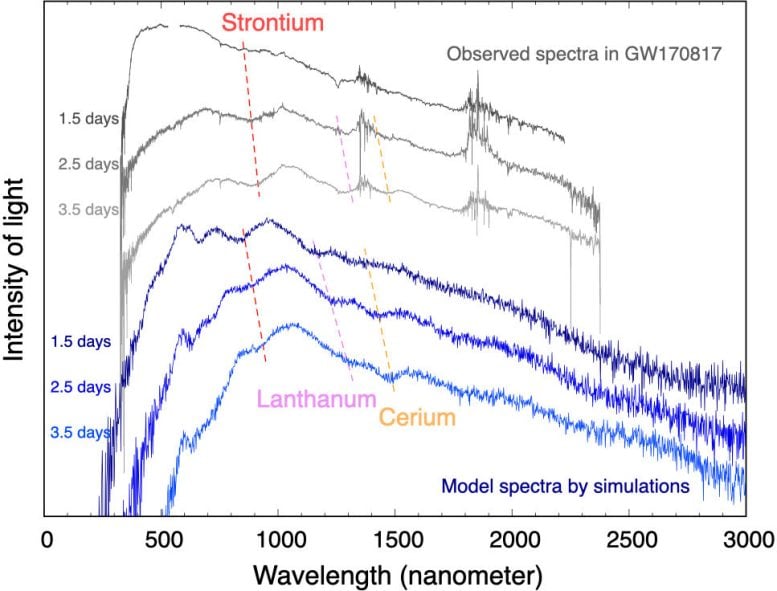
The observed spectra of a kilonova (gray) and model spectra obtained in this study (blue). The numbers on the left show the days after the neutron star merger occurred. Dashed lines indicate the features of the absorption lines. The names of the elements that produce these features are shown in the same colors with the dashed lines. The spectra are vertically shifted for visualization. The observed spectra around 1400 nanometers and 1800-1900 nanometers are affected by the earth’s atmosphere. Credit: Nanae Domoto
They used this to investigate the spectra of kilonovae – bright emissions caused by the radioactive decay of freshly synthesized nuclei that are ejected during the merger – from GW 170817. Based on comparisons of detailed kilonovae spectra simulations produced by the National Astronomical Observatory of Japan’s supercomputer “ATERUI II” the researchers discovered that the rare elements lanthanum and cerium may reproduce the near-infrared spectral features witnessed in 2017.
Until now, the existence of rare earth elements has only been hypothesized based on the overall evolution of the kilonova’s brightness, but not from the spectral features.
“This is the first direct identification of rare elements in the spectra of neutron star mergers, and it advances our understanding of the origin of elements in the Universe,” Dotomo said.
“This study used a simple model of ejected material. Looking ahead, we want to factor in multi-dimensional structures to grasp a bigger picture of what happens when stars collide,” Dotomo added.
Reference: “Lanthanide Features in Near-infrared Spectra of Kilonovae” by Nanae Domoto, Masaomi Tanaka, Daiji Kato, Kyohei Kawaguchi, Kenta Hotokezaka and Shinya Wanajo, 26 October 2022, The Astrophysical Journal.
DOI: 10.3847/1538-4357/ac8c36

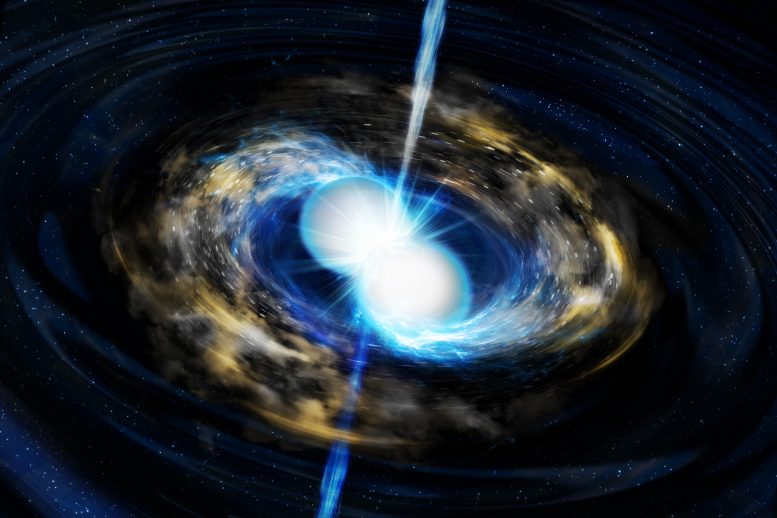
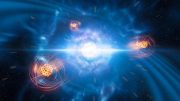
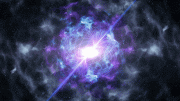
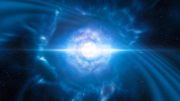
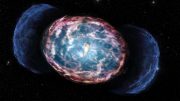
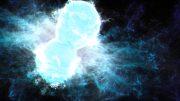
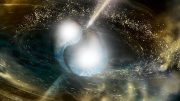
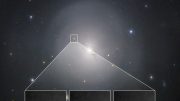
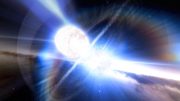
Be the first to comment on "Cataclysmic Neutron Star Mergers and the Origin of Elements in the Universe"